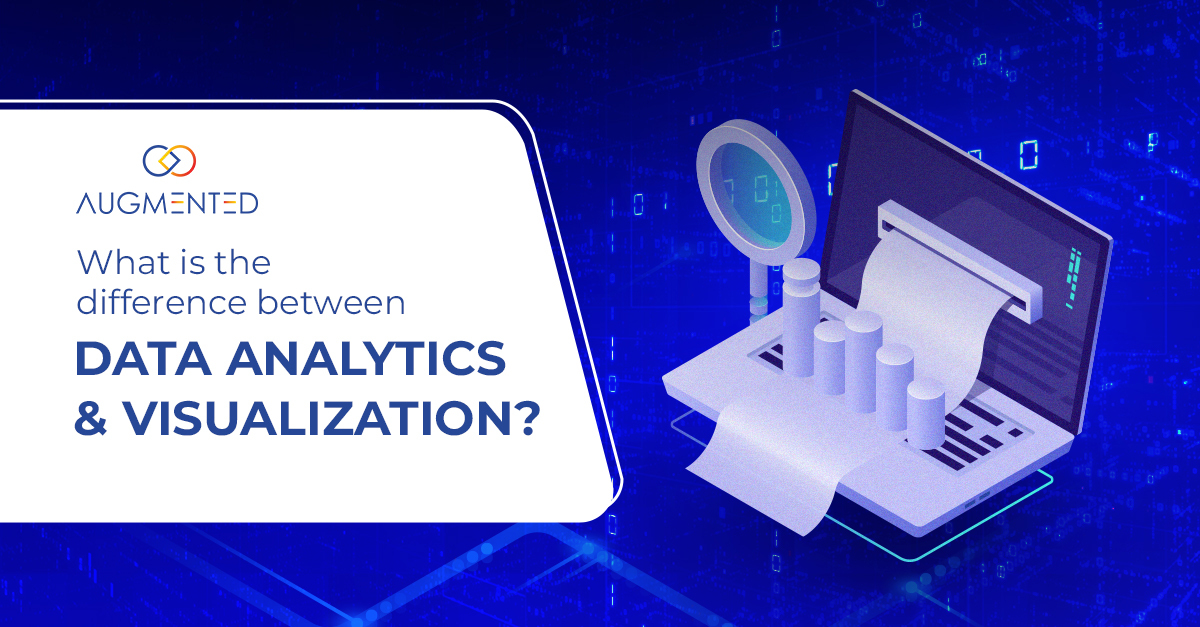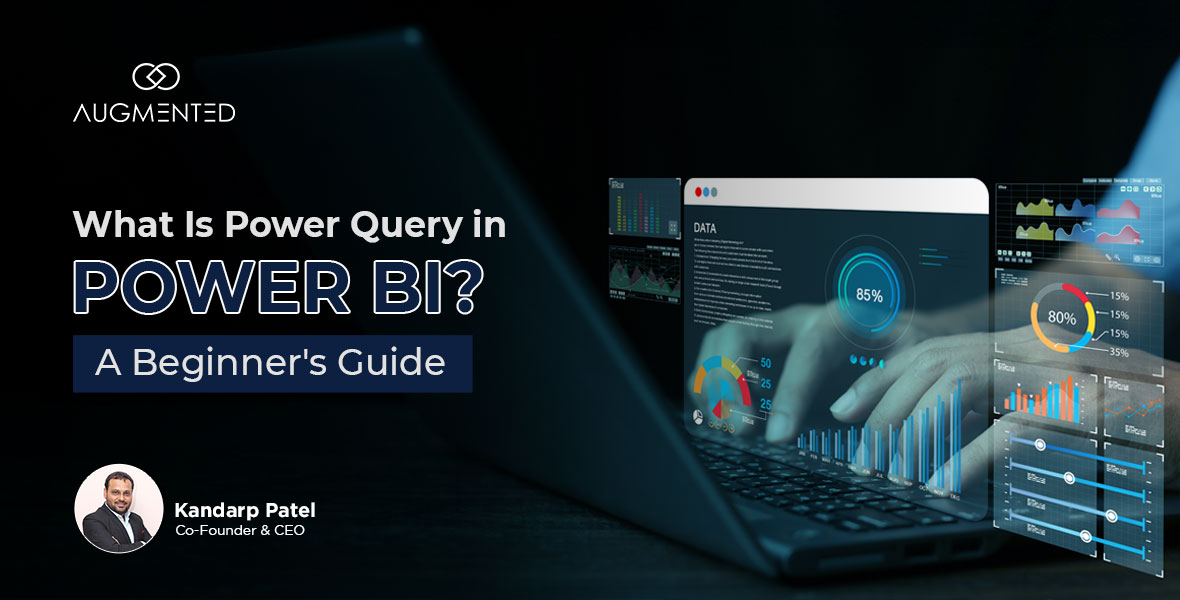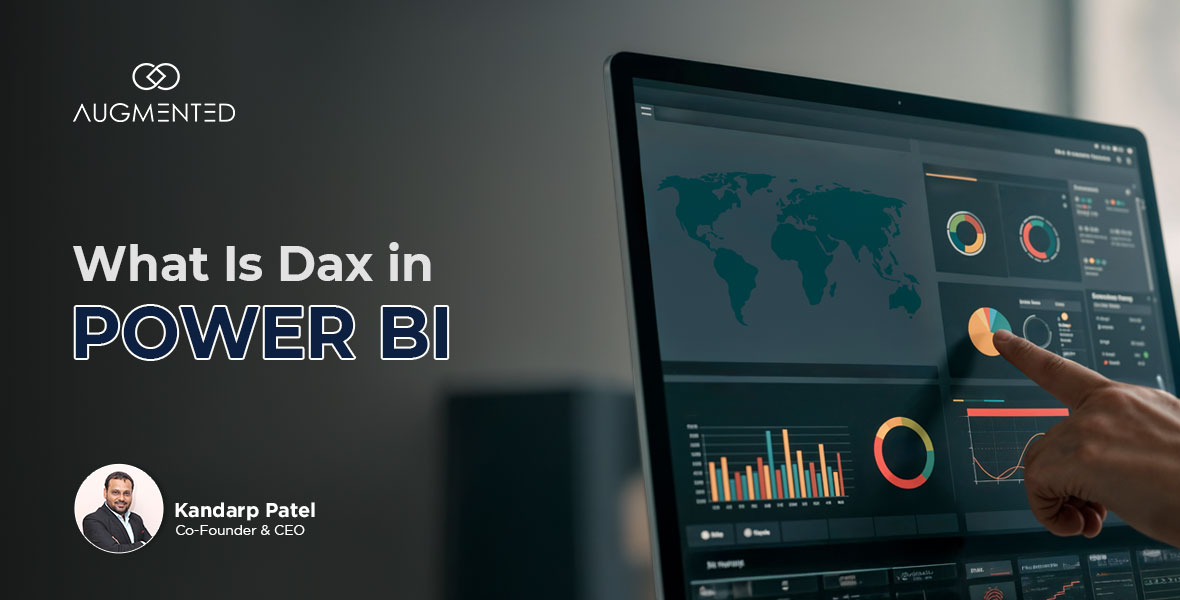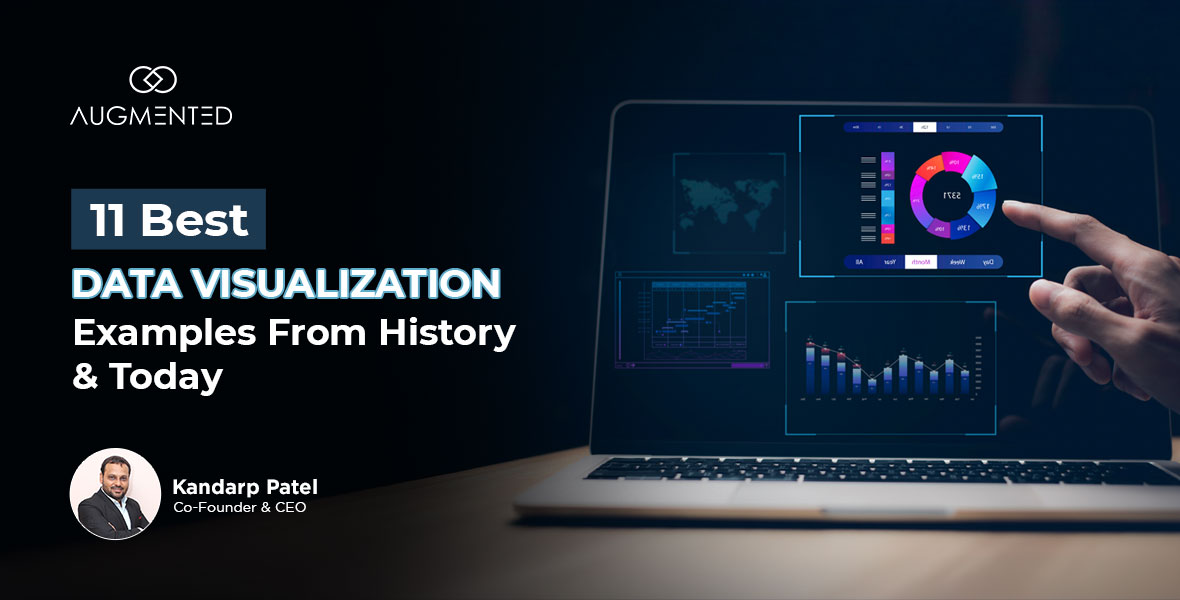Numbers and data everywhere, but struggling to make sense of them? Does jargon like data analytics and visualization make it tricky to understand?
We all have been there. The struggle to understand data and trying to figure it out is a common battle. Almost everyone has been flooded with reports and flashy charts. On top of that, terms like data analytics and data visualization make it more tough.
But don't let data make you feel lost. This blog is here to help you determine the difference between the two terms and how to use them.
So, let's get started.
What is Data Visualization?
Data visualization is organizing complex data sets into a simple and clear format. Charts, graphs, maps, and other visual designs simplify intricate data, numbers or information.
Imagine walking into an office and seeing messy sales figures on the whiteboard. Looking at the numbers, you may wonder whether they are important or just collecting dust.
Data visualization uses charts and graphs to help clear these jumbled sales figures, giving you a clear picture of the hidden data, patterns, and trends.
Example:
You are the marketing manager for a manufacturing company. You are managing intricate production processes, mountains of data, complex machine decisions and customer demands.
Constant monitoring and a constant stream of this data can be a headache. Here is when you can leverage the key components of data visualization and transform your scattered data into actionable insights.
Data visuals like scatter plots or charts can help you break down and compare elements like performance metrics or customer demographics.
What is Data Analysis?
Data analysis is a process of examining and understanding data. Once analyzed, you convert and organize this data to understand trends or patterns and make informed business decisions.
In simple terms, data is like a box of LEGOs. It has several pieces, but they make no sense until stacked together to build something. Data analysis helps convert the scattered, “not so meaningful” data into something meaningful.
Data analysis uses tools and techniques to uncover data patterns or trends. Moreover, with the ever-changing dynamics of data, data analysis trends are also evolving with time.
Example:
Apart from many other factors, the secret to running a manufacturing company is efficiency. However, the ever-evolving and disintegrated data makes it challenging. You need to know how to optimize and convert it into a profitable one.
When you analyze data, you can identify bottlenecks, optimize processes, and predict market trends. This can be done for different areas of your business, such as production processes and inventory management.
The Difference: Data Visualization Vs. Data Analytics
Data analysis and visualization go hand in hand but are not the same.
Data analysis uses statistical tools and techniques to find the hidden patterns and trends in your data. Data visualization uses those insights to transform your data into easy-to-understand visuals.
Here is a side-by-side comparison for both to help you better understand.
Data analytics and visualization may seem like synonyms in general terms but differ in the wider data community. However, they complement each other, with one (data analysis) delivering insights and the other (data visualization) presenting those insights to a wider audience.
How Do Data Analysis and Visualization Work Together?
Data analysis and visualization are like the two sides of a coin. They are co-dependent—data analysis helps understand the massive data, while data visualization converts it into pictures to make it easier to understand.
Data analysts, with their expertise, play a crucial role in making informed and effective business decisions. They extract meaningful information from structured and unstructured data, providing you with the confidence to make the right choices.
Endless columns and rows of a gigantic spreadsheet make data overwhelming. Data visualization tools are used to draw actionable conclusions and make the data interactive.
Conclusion
Imagine analyzing sales data and finding an underperforming section. You know the value of this information for your business but are unsure what to do with it to grow better.
Now, use visualization tools to compare the underforming information with other aspects. The result: a clear picture of concerns that are now easy to brainstorm to bring solutions.
Grasping data analytics and visualization is crucial, no matter your field. So stop doing the guesswork and make smarter decisions based on evidence.
And if you are unsure how or where to start, Augmented Systems is here for you.





